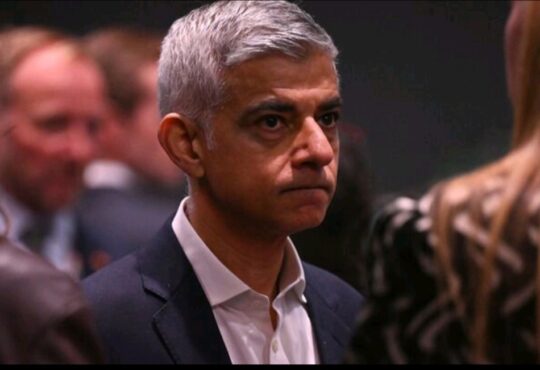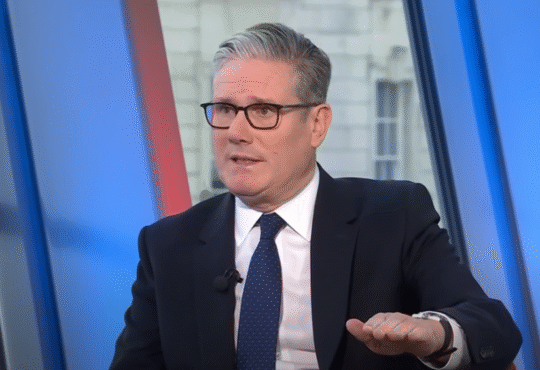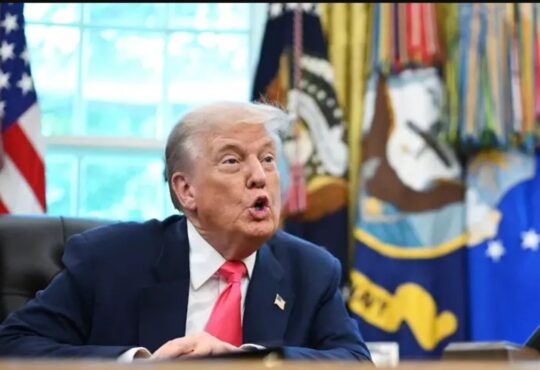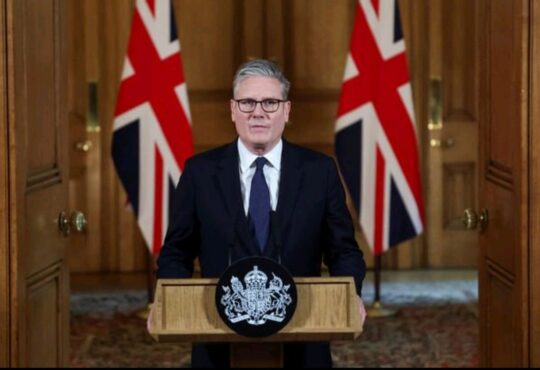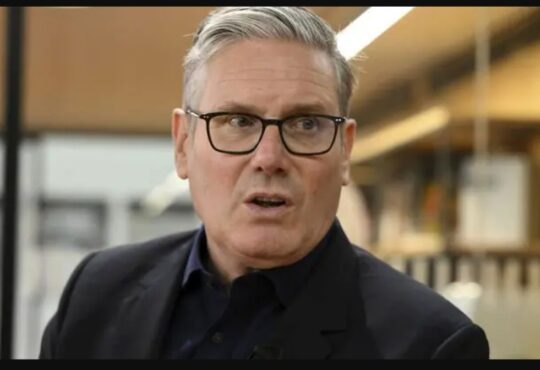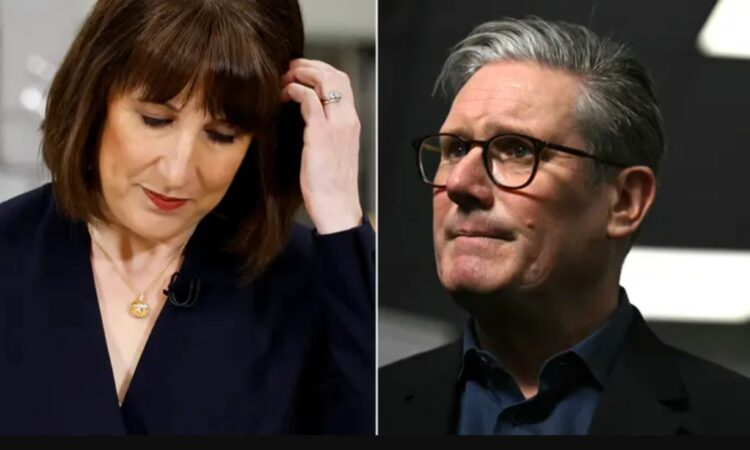
Chancellor Rachel Reeves is facing a tough balancing act as she tries to meet Prime Minister Keir Starmer’s pledge to increase defence spending to 2.5% of GDP. Economists warn that achieving this target could require either £12 billion in tax rises or significant spending cuts, putting Reeves in a difficult position just months after her record tax hikes in the October Budget.
The Resolution Foundation, a leading think tank, estimates that Labour would need to find an extra £6 billion a year by the end of the decade to meet the defence spending target. Two-thirds of this would go toward day-to-day military costs, while the remaining £2 billion would fund capital projects like new warships. However, with the public finances already under strain, finding this money won’t be easy.
Reeves now faces a dilemma: break her promise of no new taxes or impose deep cuts on unprotected government departments like transport, housing, and education. Bloomberg reports that some departments are already preparing for budget cuts of up to 11% to free up funds for defence. These cuts could have a major impact on public services, with schools, local councils, and prisons likely to feel the pinch.
The pressure on Reeves is mounting from multiple directions. Military chiefs are pushing for faster increases in defence spending, especially with former US President Donald Trump urging NATO allies to spend as much as 5% of GDP on defence. At the same time, unions are demanding inflation-busting pay rises for public sector workers, adding to the financial strain.
Economists warn that without significant tax rises or radical cuts to public services, the government may struggle to balance the books. Ben Zaranko of the Institute for Fiscal Studies (IFS) suggests that further spending cuts would feel like a return to austerity for many. “If your local school is having its budget cut, if public sector workers are not getting pay rises, if councils are going bankrupt, if prisons are letting people out early because they can’t afford to expand places, that is going to feel quite a lot like austerity,” he said.
The IFS has also floated more drastic measures, such as introducing charges for GP appointments or post-16 education, including A-levels. Means-testing for universal benefits, like winter fuel payments, could also be on the table. Zaranko added, “The government could just stop doing stuff,” suggesting that the state might need to scale back its role in areas like subsidised childcare.
Meanwhile, external pressures are adding to the Treasury’s challenges. Court rulings related to Thames Water and welfare reforms could further strain public finances, while low economic growth and high borrowing costs make it harder to raise funds without increasing taxes or cutting spending.
Reeves has defended her approach, arguing that turning around the economy after years of poor performance takes time. She has emphasised the need for reforms in areas like planning, regulation, and pensions to encourage investment and boost growth. However, with the Resolution Foundation warning that fresh tax rises or deeper cuts may be necessary, the Chancellor’s room for manoeuvre is shrinking.
As the government prepares for its spring budget, the stakes are high. Will Reeves opt for tax rises, spending cuts, or a combination of both? And how will these decisions impact public services and the lives of ordinary Brits? With unions, military chiefs, and economists all watching closely, the coming months will be a critical test for Labour’s economic policies—and its ability to deliver on its promises.
